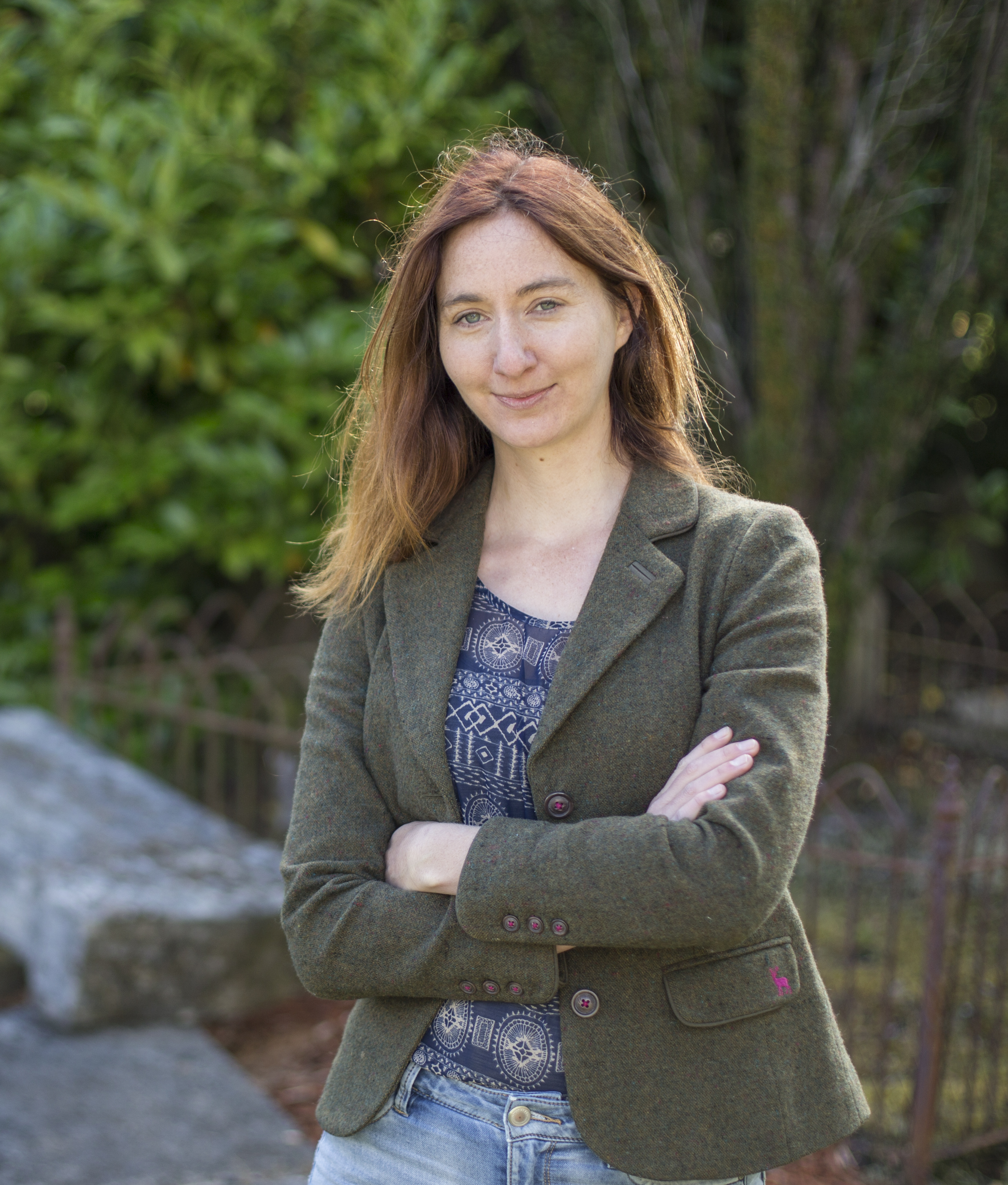Welcome to the Southern Cemeteries Archaeology Project blog!
People often think that “young” countries like New Zealand have less to offer archaeologists than elsewhere in the world. While New Zealand is the last place to have been permanently settled on the planet its archaeology is rich and varied, and has a lot to tell us about how our forebears saw the world and adapted to the country. This blog is based around active archaeological research projects going on in the south of the South Island of New Zealand, specifically focused on the early European and Chinese colonial settlers to the region. It’s run by a team of archaeologists and biological anthropologists (bones specialists) from the University of Otago. As we excavate, and get stuck into the historical records from the period we’re slowly discovering more about how people became New Zealanders, and we don’t want to keep all of this information to ourselves! We’ll be using this blog explain how we’re finding things out, bring you excavation news, and try to bring the Southern settlers’ stories back to life.
The artefacts and skeletal remains discussed in this blog have been/ are being excavated during archaeological work carried out as part of a series of University of Otago and Royal Society of New Zealand Marsden Fund archaeological projects. Local and descendant communities, as well as local runaka were extensively consulted in the lead-up to excavation and have been involved in the project throughout. Excavations were conducted under archaeological authorities from Heritage New Zealand and with disinterment licences granted by the District Health Board. The project was initially sparked by the TP60 (Tokomairiro Project 60) group, whose historical research and interest in restoring their cemetery has been invaluable in building historical bioarchaeology in New Zealand. Please feel free to contact us if you have queries.
Who’s Who on the Project

Hallie Buckley: Co-director of the project and generally in charge of all the skeletal research. Hallie has a long history of bones work in the Pacific and is co-ordinating our efforts to understand colonial biology and adaptation. Her main research is in paleopathology, she’s an expert in identifying disease in the past. In this project she’s looking at how people experienced disease in the colony, the hardships of life on the goldfields, and use of medicines to cope.
——————————————————————————————————————–

Peter Petchey: Co-director of the site and master of all the archaeology… that’s anything that’s not bones! Peter has a long-history of historical archaeological research in New Zealand, he’s an expert in gold-mining technology and life on the goldfields in general. In this project Peter is looking at the artefacts associated with burials (he gets very excited about coffin handles), and is interested in how the sites we’re looking at fit into the archaeological landscape and broader colonial experience.
——————————————————————————————————————–

Charlotte King: I’m the main curator of this blog (you’ll be hearing my voice a lot – sorry about that). But aside from that, I’m one of the archaeological chemists on the project. That means I’m interested in how bone, tooth and hair chemistry can tell us more about the colonists’ lifestyles. My work involves chemically tracing where people were from, reconstructing the colonial diet and searching for evidence of chemical stress in skeletal tissues.
——————————————————————————————————————–

Annie Snoddy: Paleopathologist extraordinaire, Annie’s expertise is the study of disease in past populations. In this project she’s studying evidence of nutritional deficiencies and infectious diseases. She’ll be looking for macroscopic (visible with the naked eye) changes in bones caused by diseases, and also looking at pathological changes in the cells of bones and teeth, as well as using cool micro-computer tomography (microCT) to see evidence of vitamin deficiencies and stress during childhood in teeth.
——————————————————————————————————————–

Lisa Matisoo-Smith: Lisa is in charge of the human DNA part of the project. She’s one of the leading experts on DNA work in the Pacific region and spends her research life looking at human genetic variation in New Zealand and further afield. She’ll be applying her analytical skills to the southern cemeteries project to study the ancestry of the settlers who came to make up colonial New Zealand. She’ll also (hopefully) be looking at DNA from potential descendants to see if we can positively identify any relatives
——————————————————————————————————————–

Michael Knapp: Our second genetics expert, Michael will be focusing on pathogen DNA. He’s searching for the DNA relating to the diseases that the Southern settlers may have been carrying. In particular our teanm has an interest in tracking tuberculosis in New Zealand, and Michael will be testing individuals to see if we can find out more about this pathogen that had some devastating consequences in the new colony.
——————————————————————————————————————–